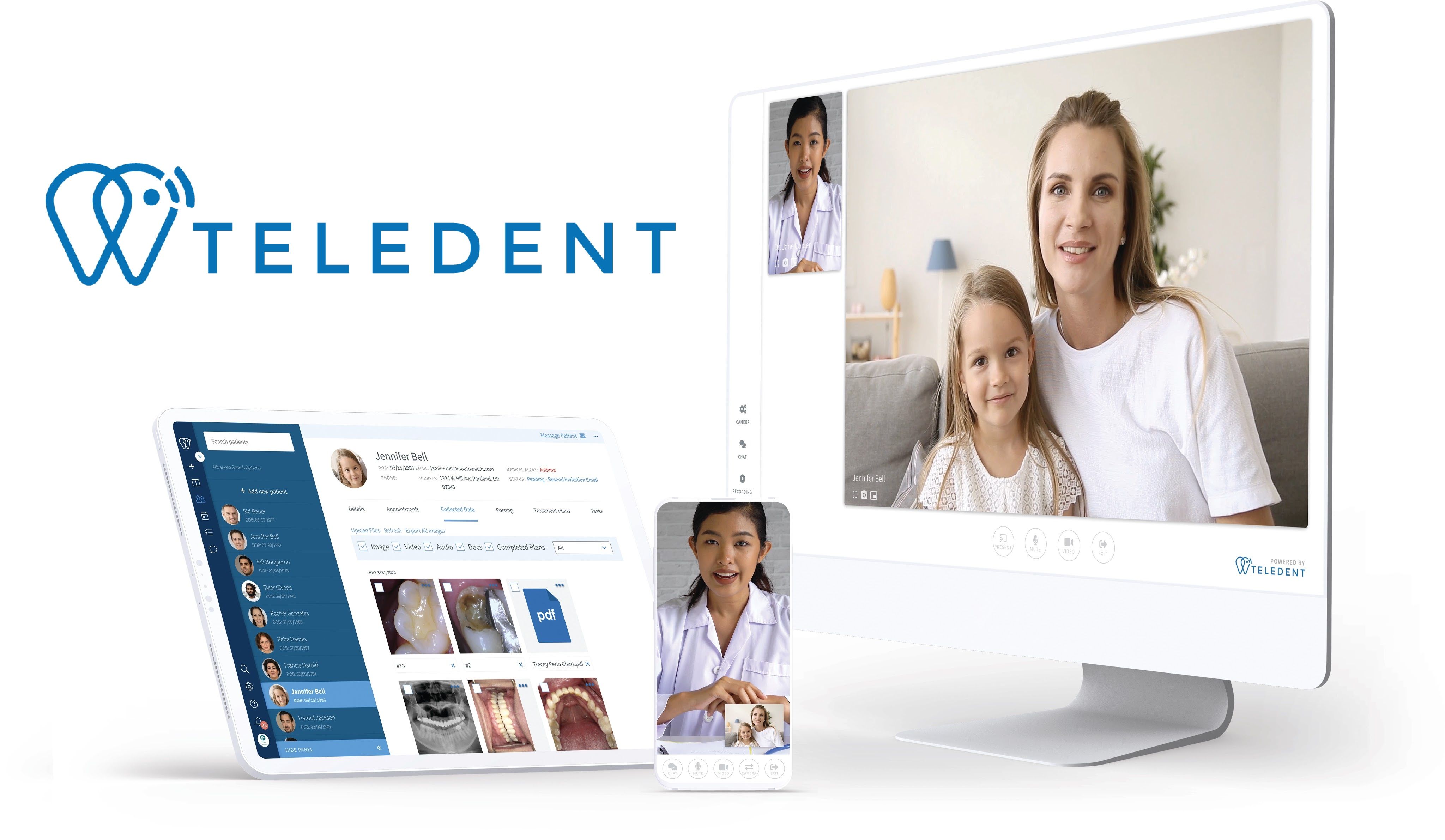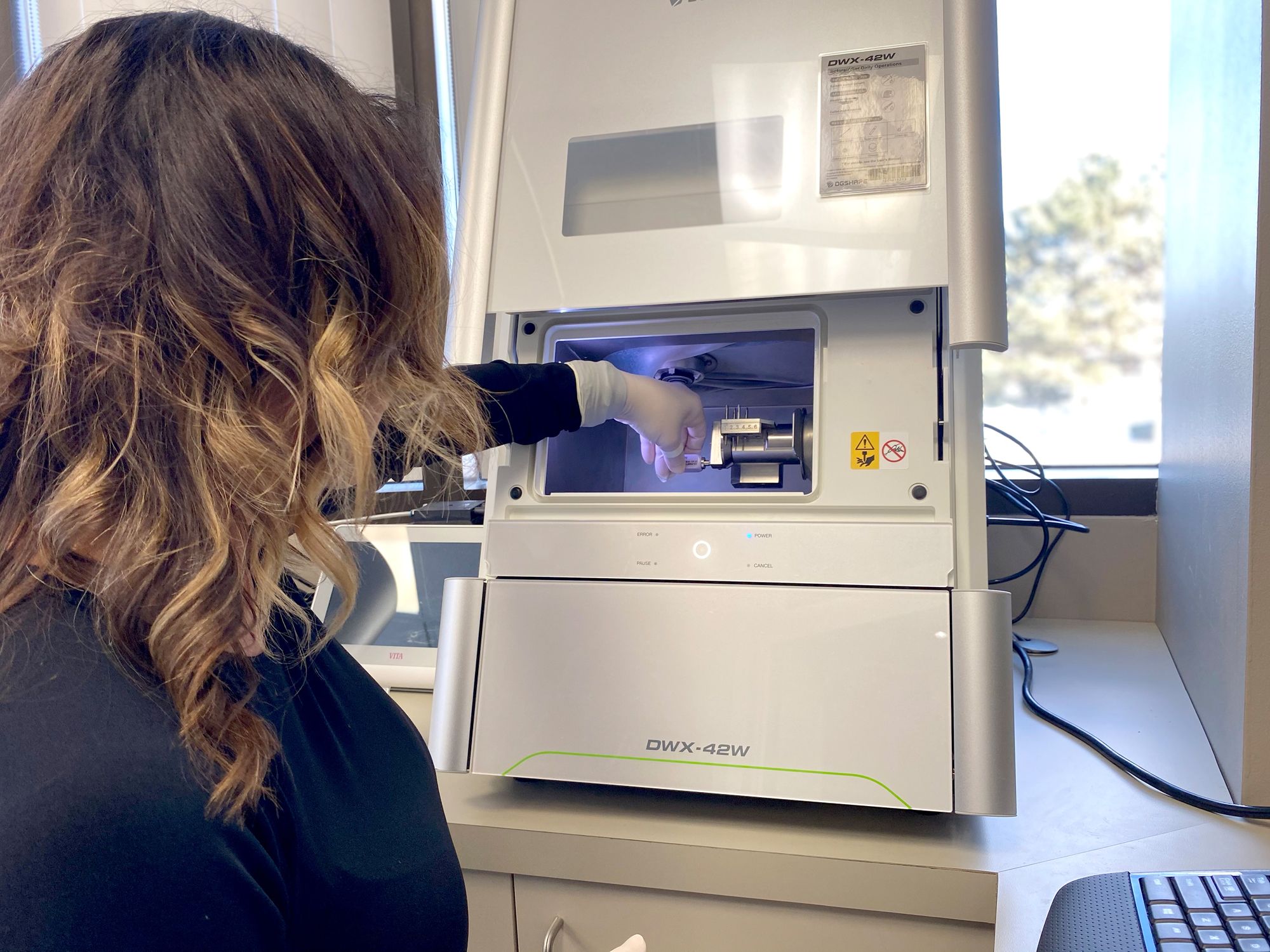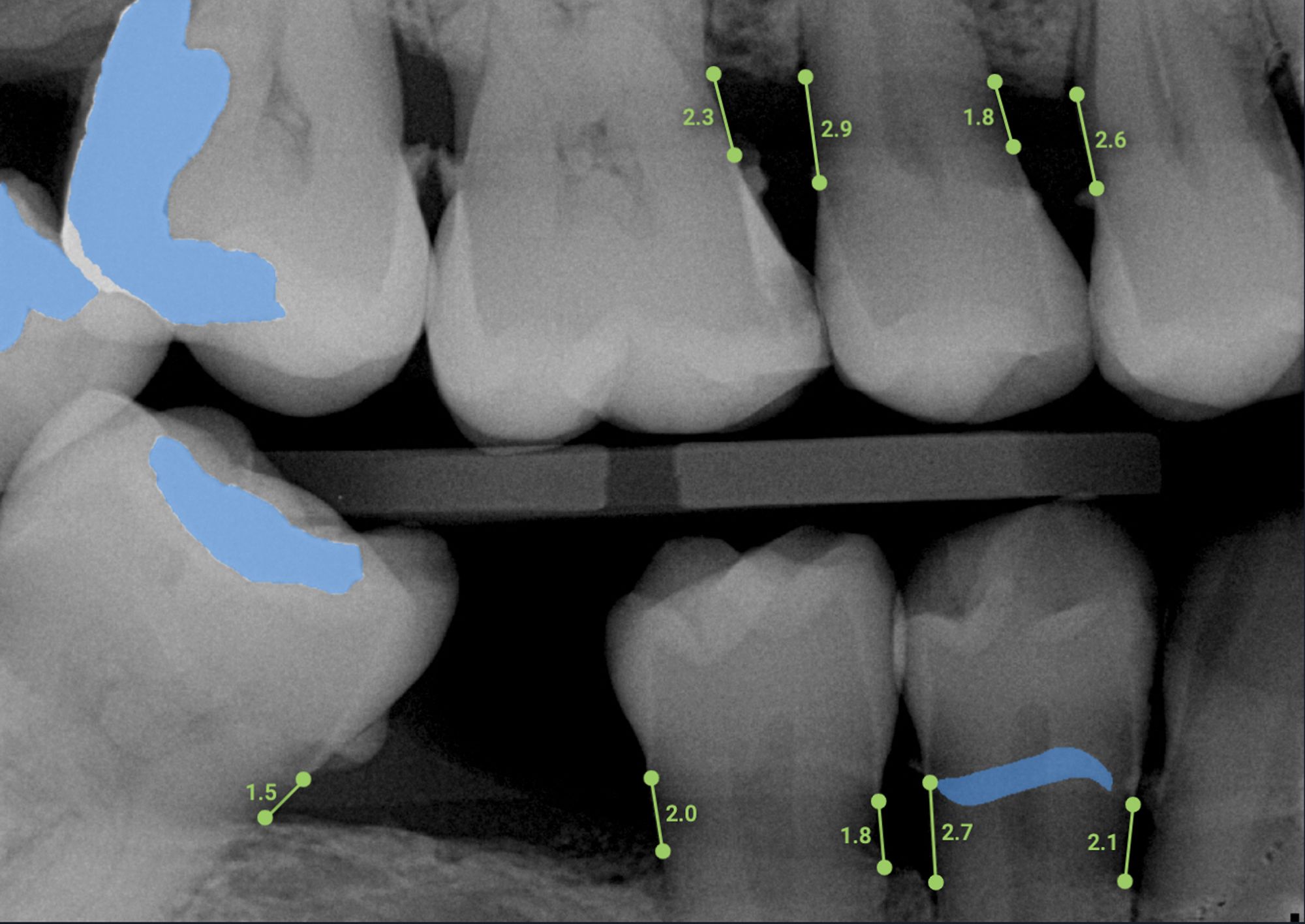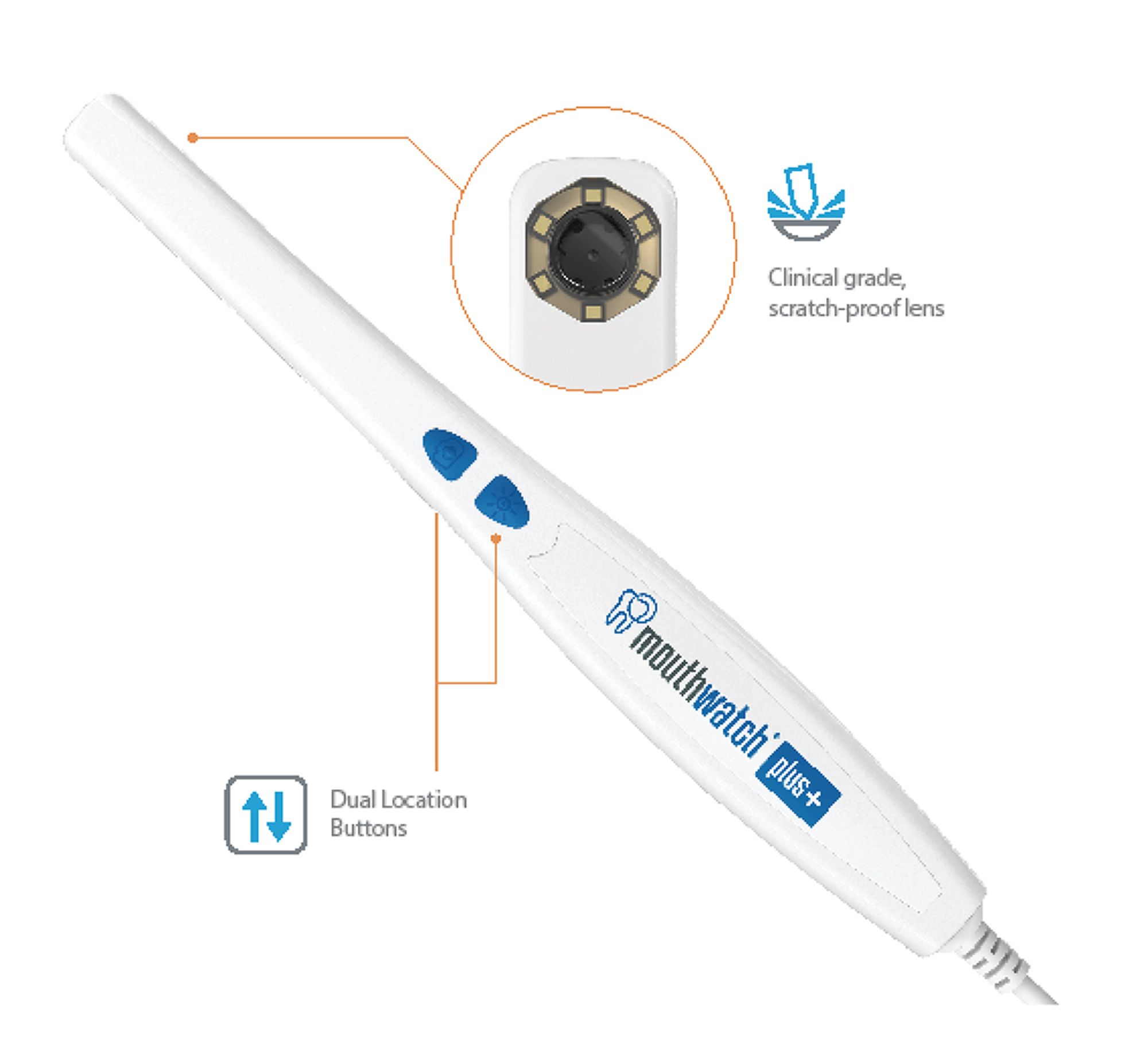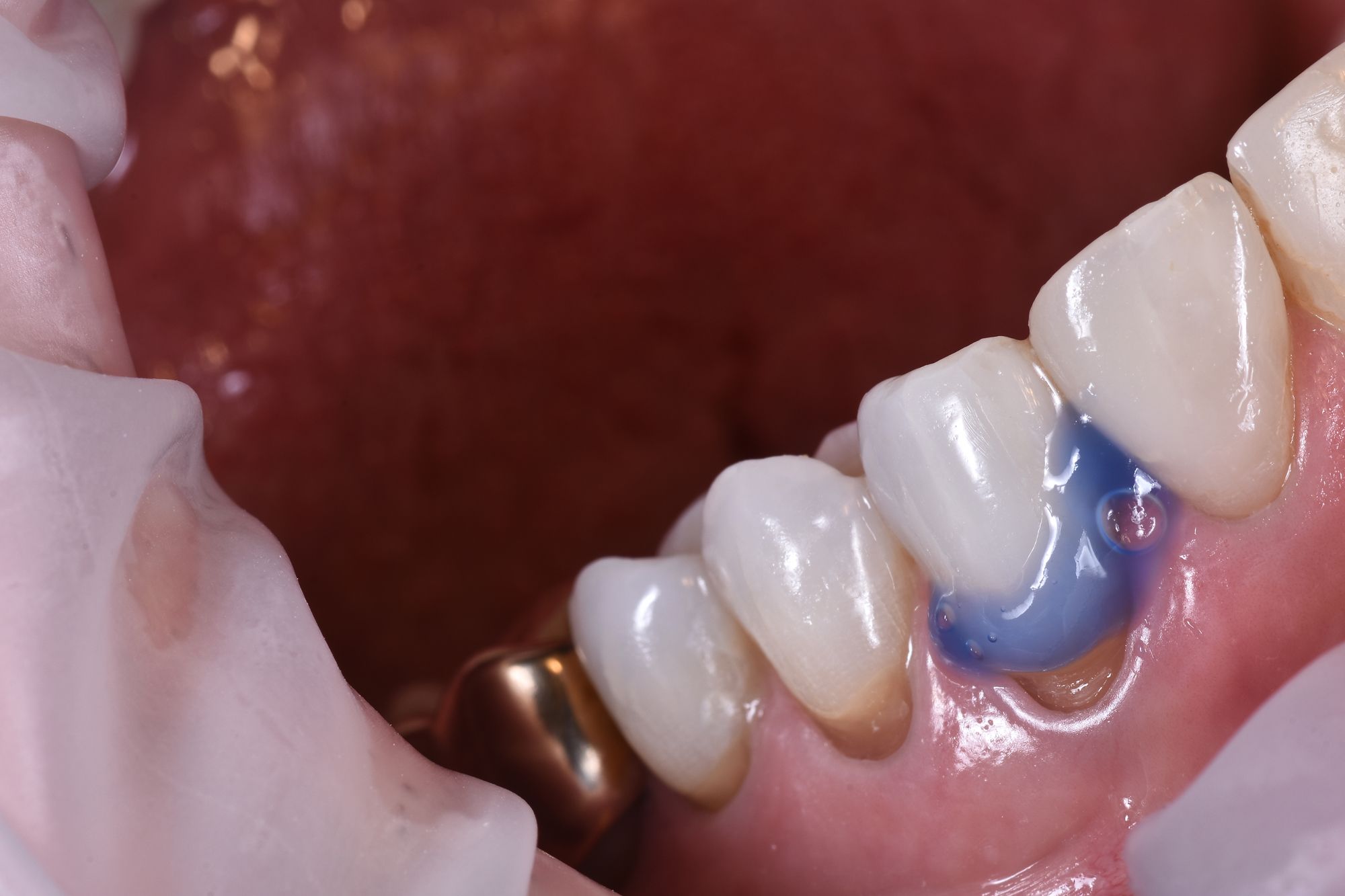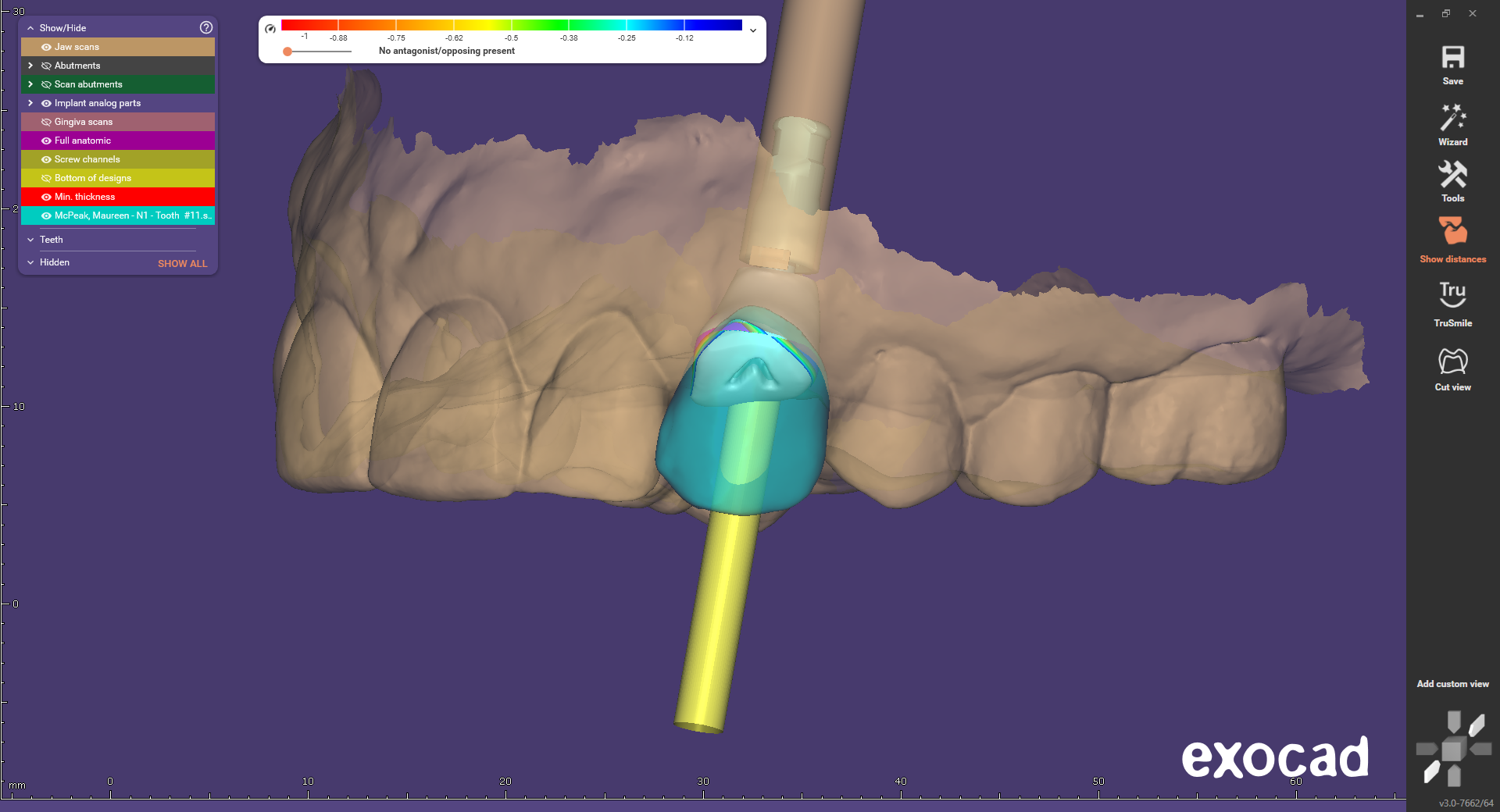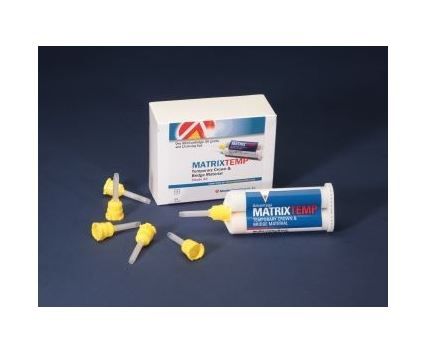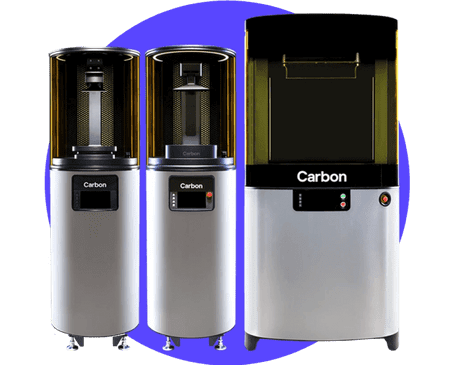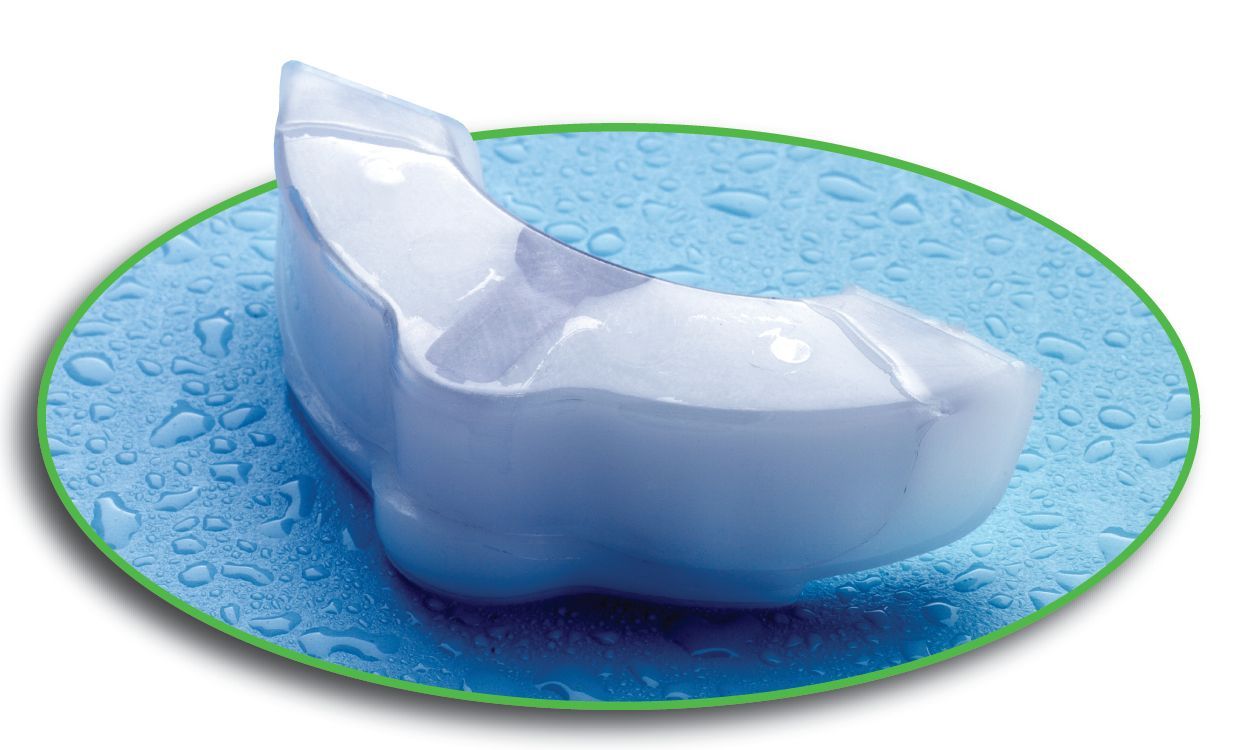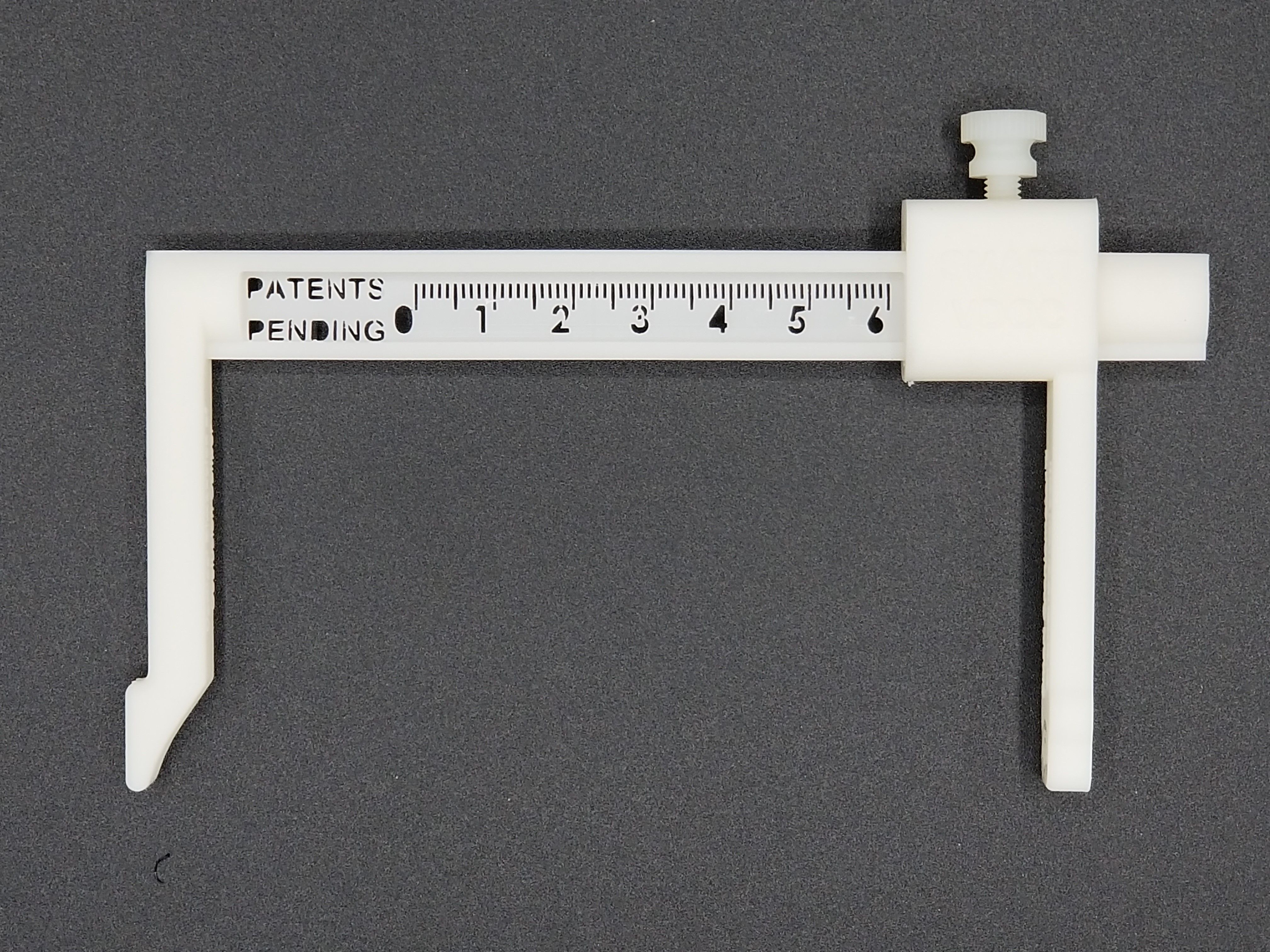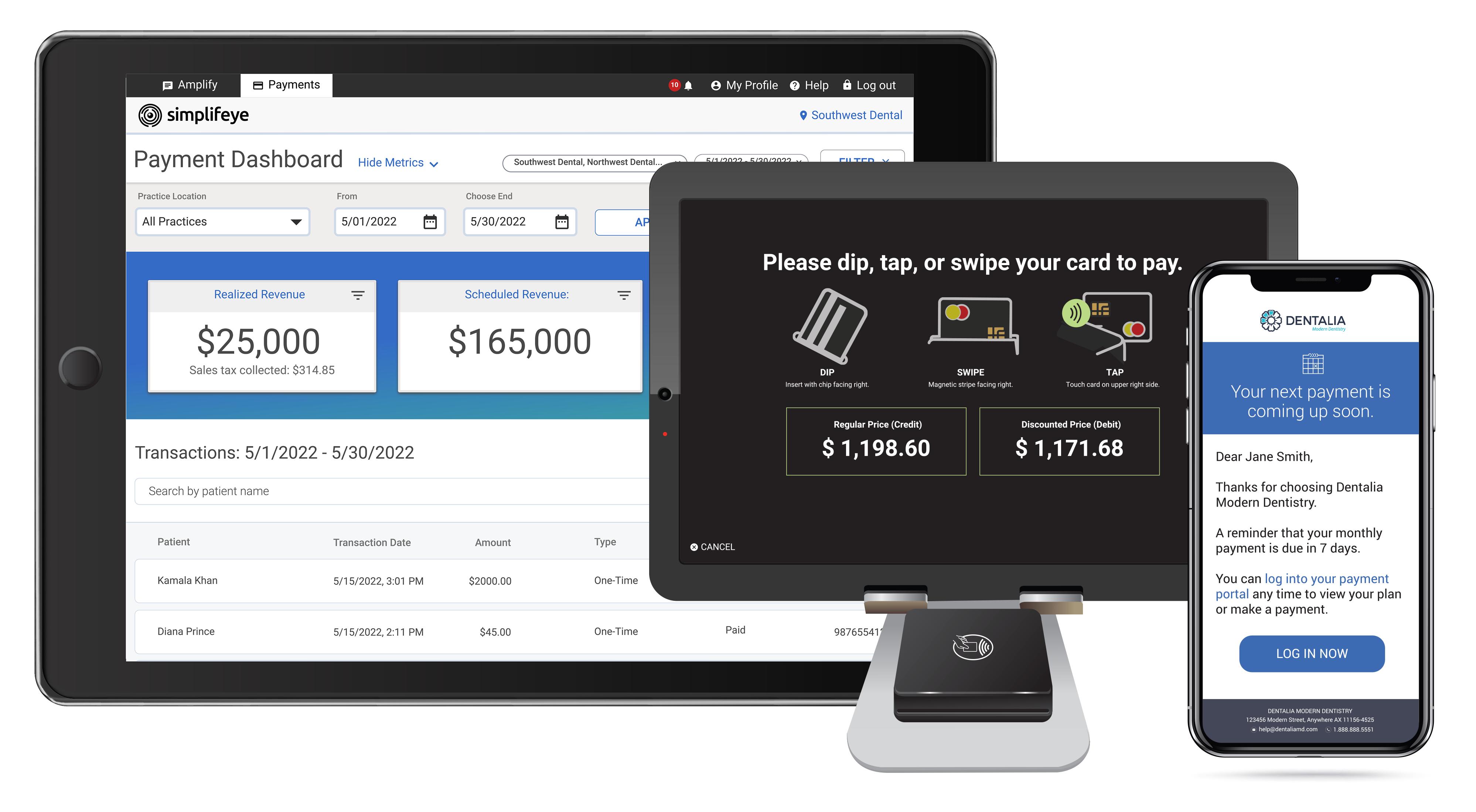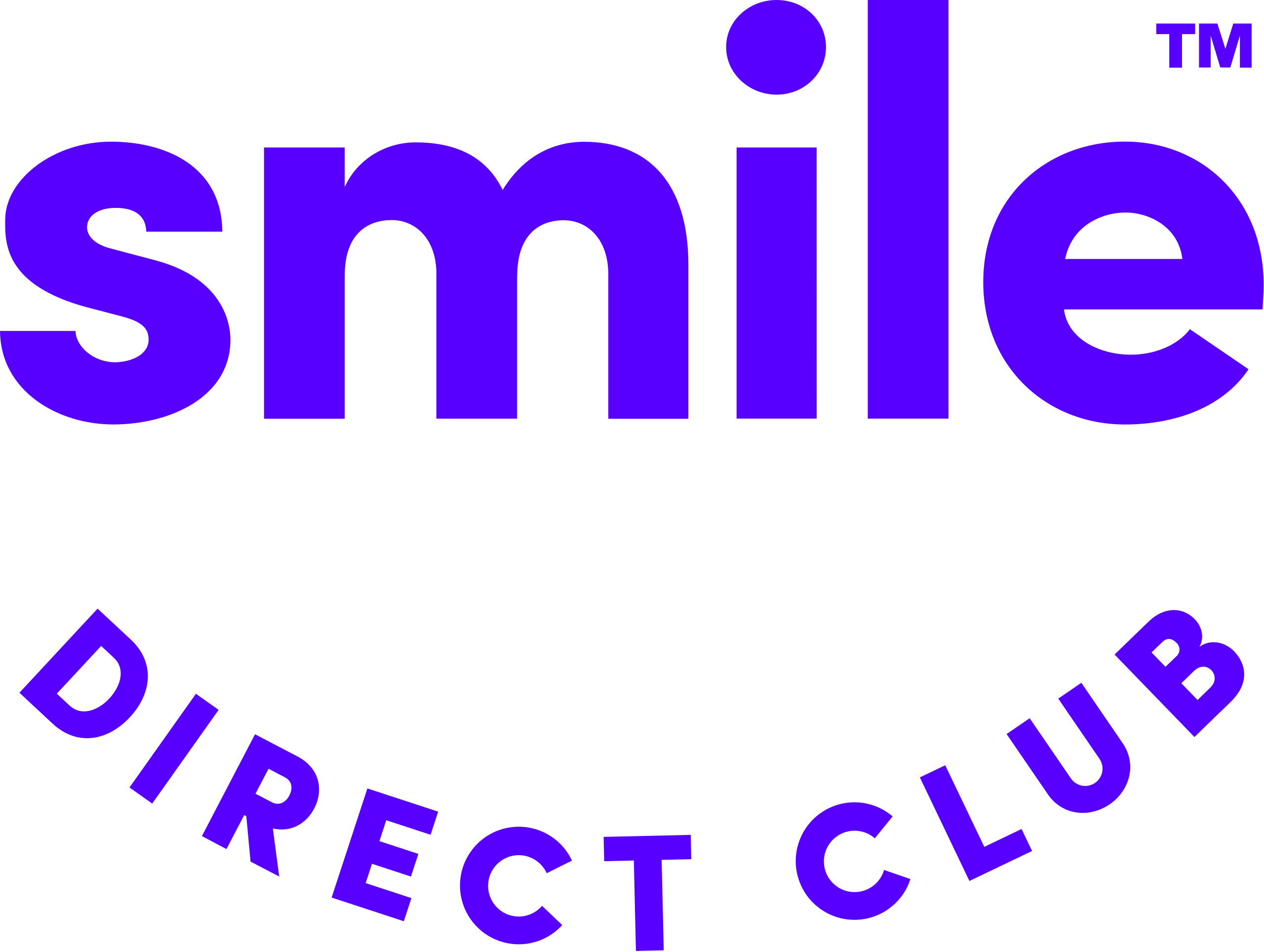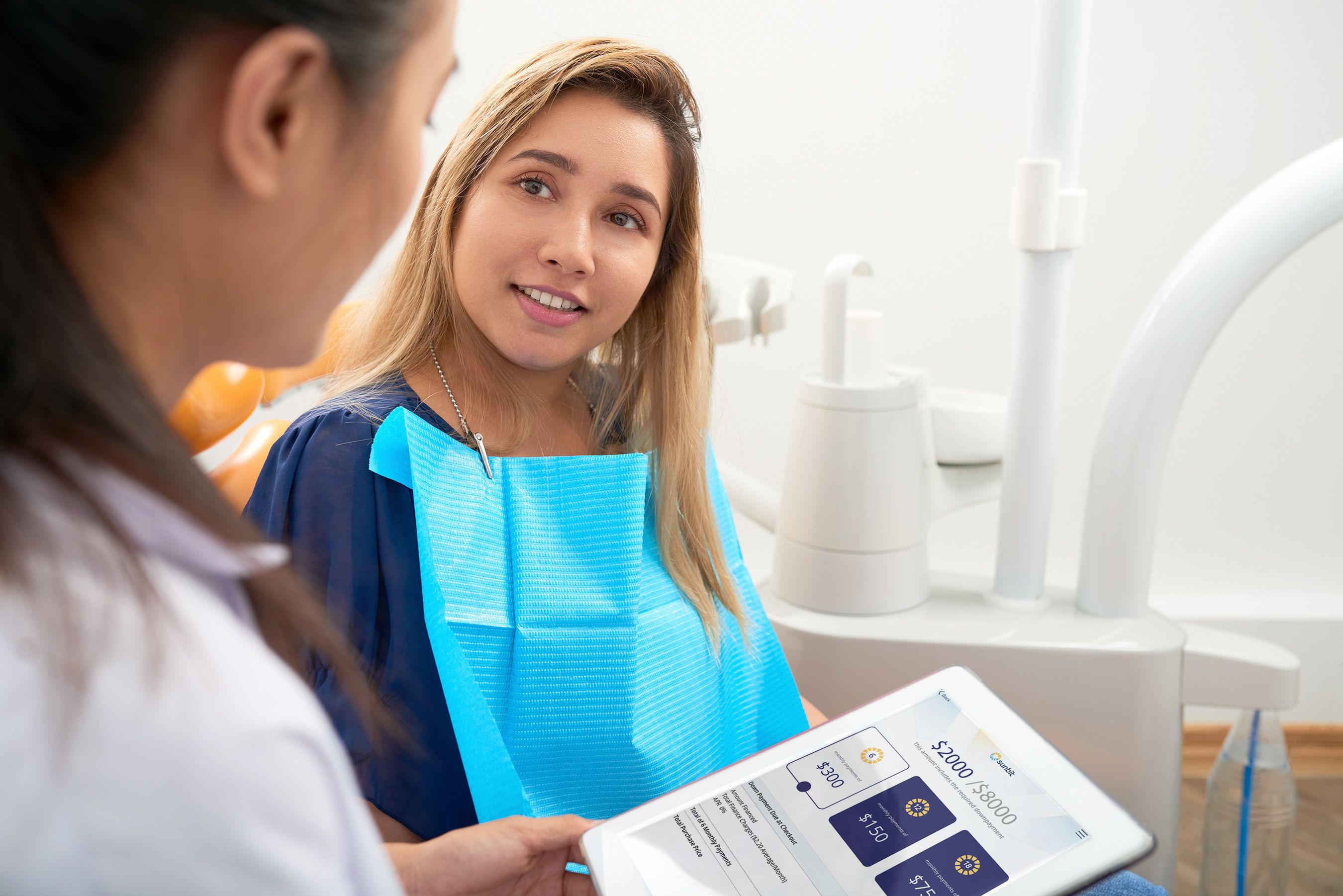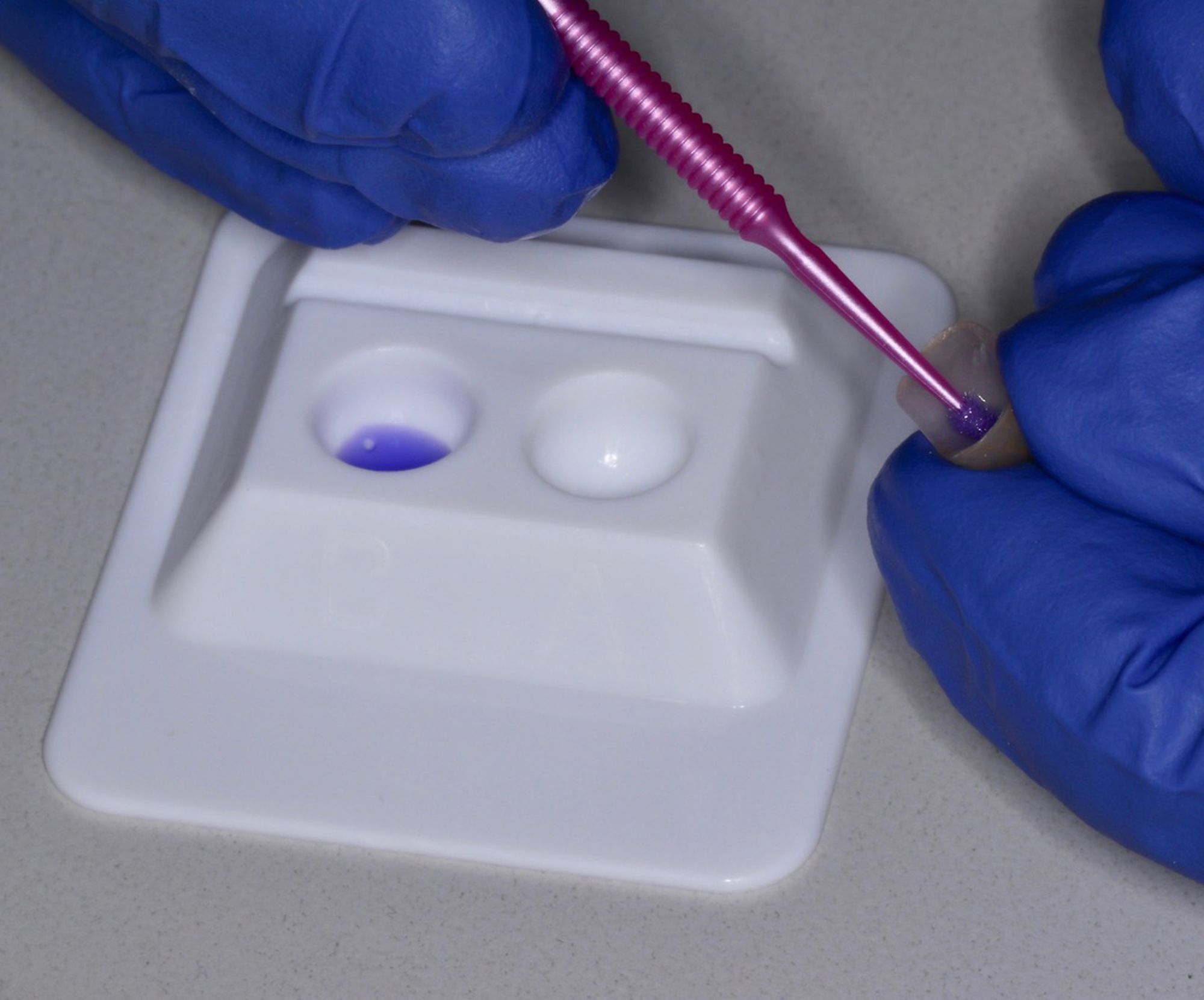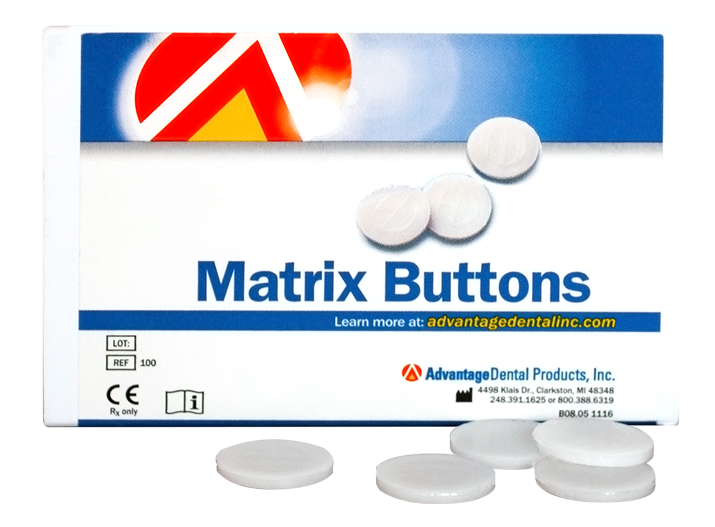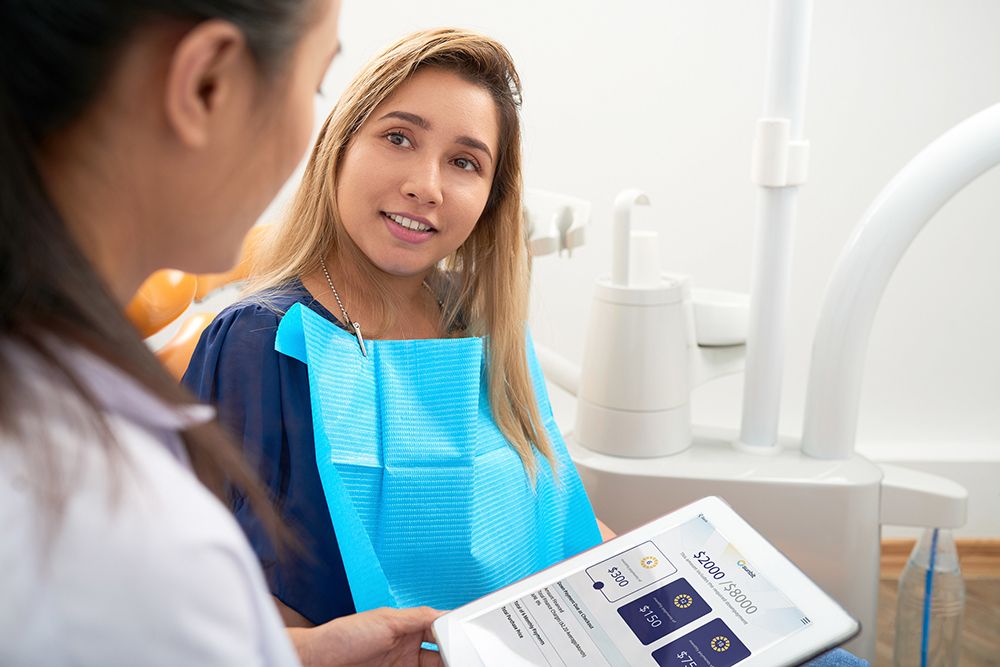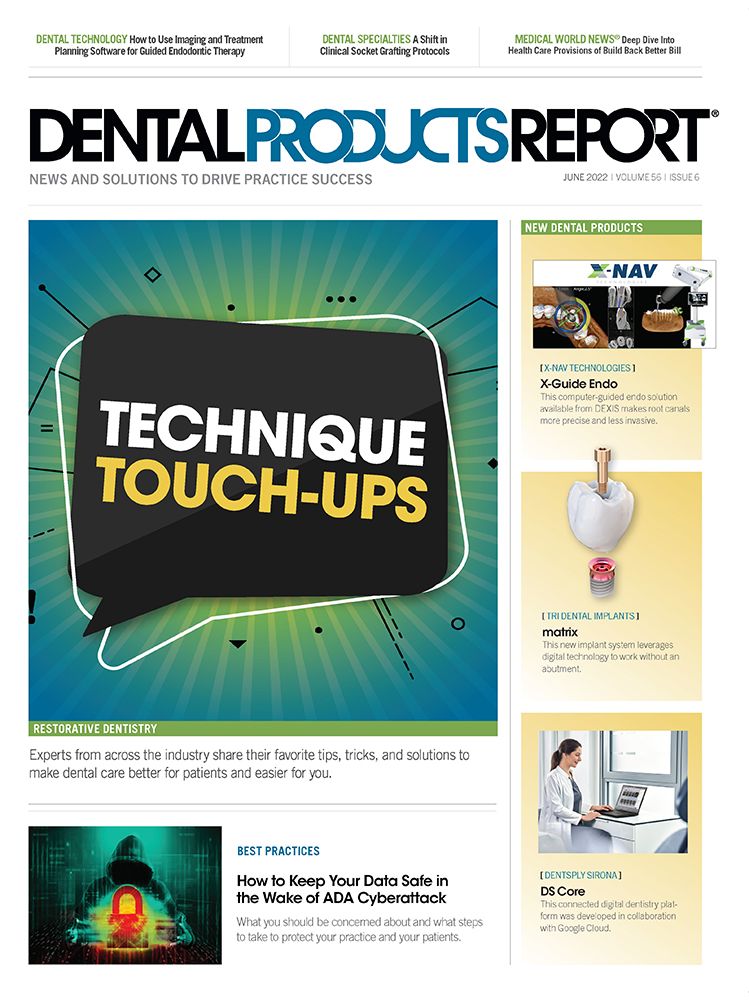End Referral Frustrations by Going Digital
Digitizing all aspects of my practice has been one of the best decisions I have made as a doctor and business owner. Referral forms for communicating with clinicians outside of my practice were the only remnant of paper communication. For a few years, I tried to figure out a way to clean up the archaic and overflowing drawer of referral pads we have collected through the years, some from specialists I’ve never met. Hoping to create a solution to digitize and streamline all these forms into a universal format, I quickly realized that this was a huge task that I would not be able to start from scratch. To my surprise, a simple online search for referral form templates led me to Refera.
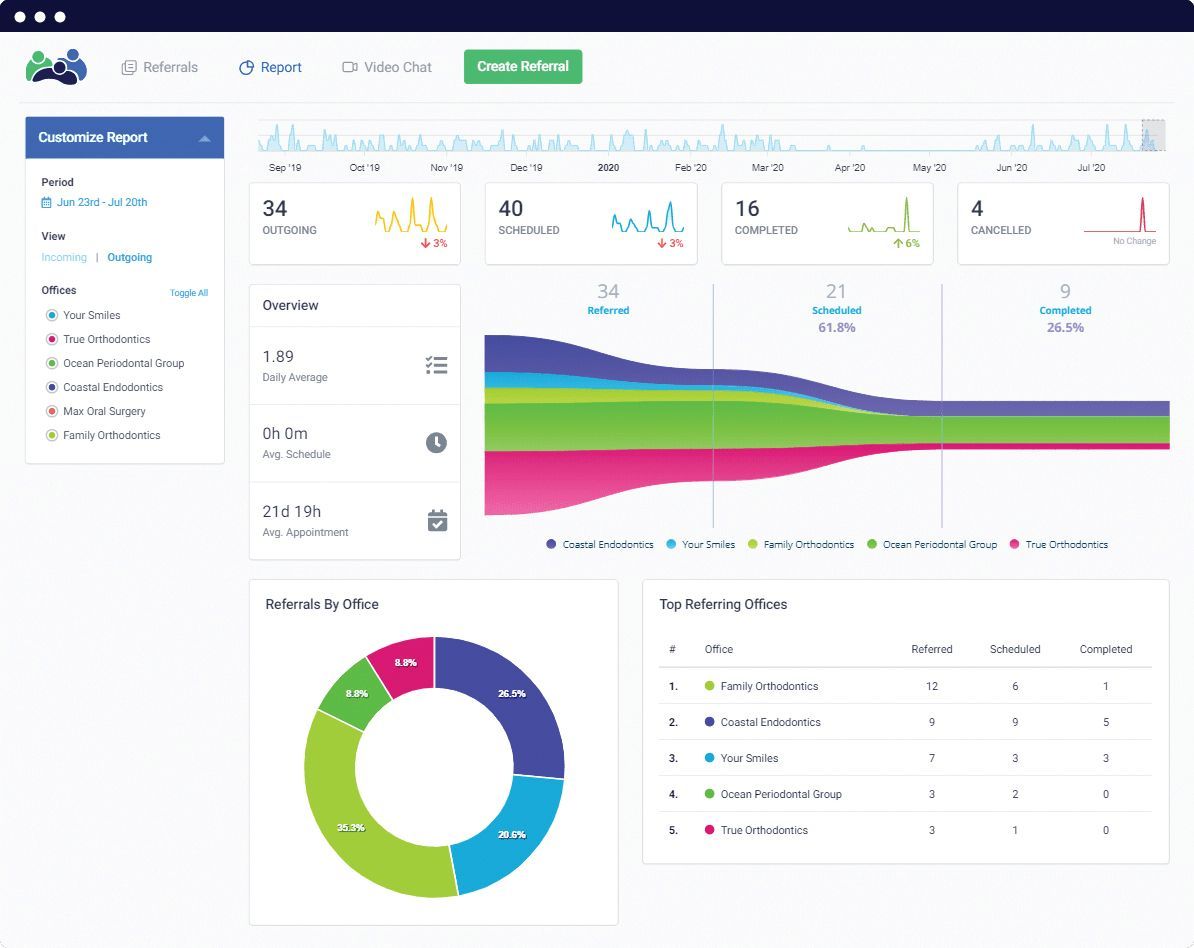
How often does a general dentist make a referral only to find out that the patient never bothered to make an appointment? How frustrated is a specialist’s front desk team member when they receive a random digital x-ray attachment from us only to be unable to find it in their inbox months later when the patient finally schedules an appointment? My favorite aspect of Refera is that every relevant attachment is tied to the referral form itself, meaning no more searching through old emails to find that x-ray. Another added benefit is the reassurance to my specialists that I am indeed supporting them more often than they may think—their office is notified when a referral is made (versus the old days of knowing I made a referral only if the patient scheduled with them).
As I’ve come to learn, the advantages of digital referrals are similar to those from making the switch to paperless everywhere else in my practice. For referrals, going digital allows me to track my outgoing treatments (which is very helpful for scheduling follow-up work), reduces my practice’s liability, increases staff efficiency, and ensures my patients receive the best care possible. I have formally banned paper referral forms at my office. When a representative for a specialist arrives at my office with a box of cupcakes and a stack of referral forms, I inform them that we use Refera exclusively with all our partner specialists because of how easy it is to use. Soon, those offices catch on to the benefits and often will thank me for the recommendation.
Refera is one of the best things to happen to my practice in many years, and my hope is that by sharing it here others can benefit as well. General dentists, specialists, and patients all win with a digital referral.

